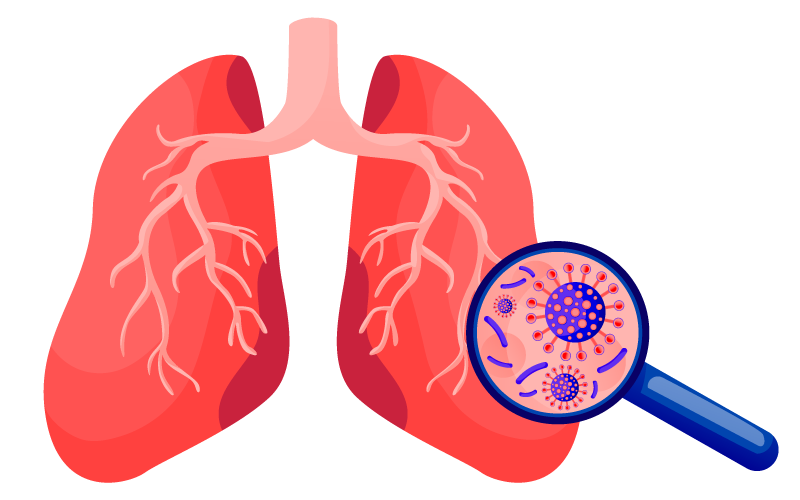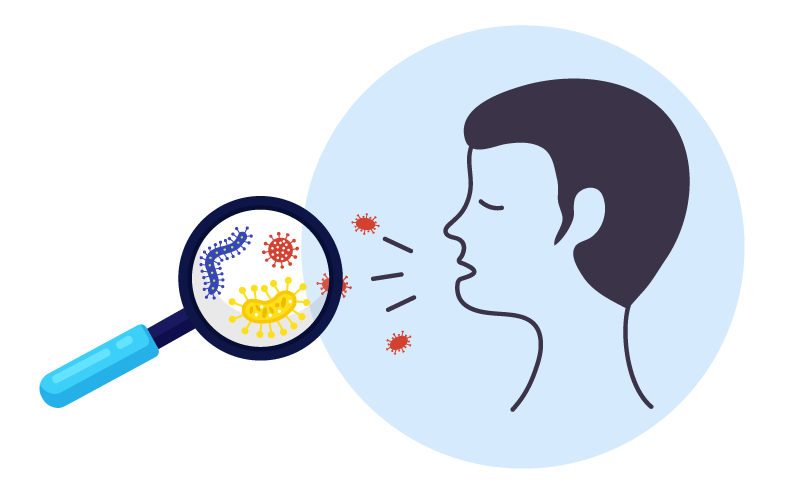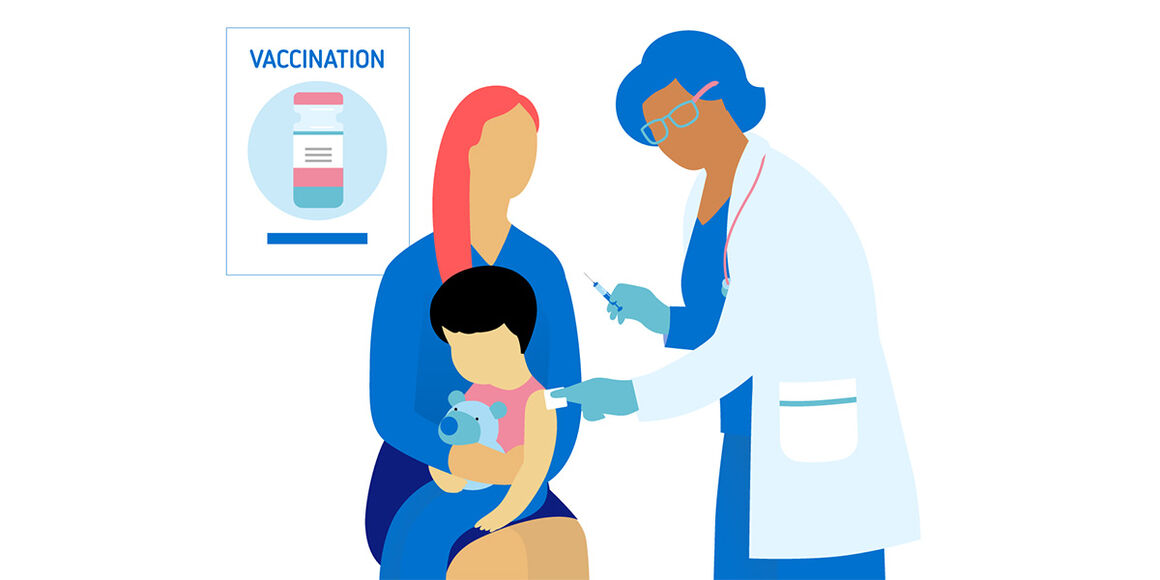Pneumococcal disease
What is pneumococcal disease?
Pneumococcal disease is a potentially life-threatening bacterial infection that can cause serious complications. It is caused by bacteria called Streptococcus pneumoniae (also known as pneumococci). The bacteria can infect different parts of the body and symptoms vary depending on where the infection is located.
Vaccines against pneumococcal disease are generally included in national vaccination schedules across the EU/EEA.
At a glance: Pneumococcal disease in Europe
- Disease that can affect different parts of the body caused by bacteria
- Pneumococcal disease spreads through the air
- Around 9000 cases every year
- Vaccination can prevent pneumococcal disease and the complications it can cause
Find out more about the pneumococcal disease vaccine in your country
What are the symptoms of pneumococcal disease?
The symptoms of pneumococcal disease depend on the part of the body the bacteria infect.
The infection can be relatively mild, when it affects only the nose or ears. However, if the bacteria get into other parts of the body, like the blood, brain or heart, symptoms can become severe and life-threatening.

Symptoms of mild disease include:
- Ear pain
- Headache
- Blocked nose
- Cough
- Fever
- Loss of appetite
Symptoms of more severe disease can include:
- Confusion
- Chest pain
- Difficulty breathing
- Sensitivity to light
- Serious pain or discomfort
- A rash that does not disappear when pressed
- Pale, blue, grey or blotchy skin, lips or tongue
- Dark skin around the fingernails or eyes.

What are the complications of pneumococcal disease?
The complications of pneumococcal disease depend on where the infection is in the body. Potential complications include:
- Meningitis (inflammation of the membrane that surrounds the brain and spinal cord)
- Sepsis (serious blood infection/poisoning)
- Pneumonia (infection and inflammation of the lungs)
- Osteomyelitis (inflammation of the bones)
- Septic arthritis (infection and inflammation of the joints)
In rare cases, meningitis (mainly occurring in children) and sepsis can lead to lifelong disabilities such as deafness or brain damage. Amputation of limbs is necessary in severe cases.
Left untreated, serious infections can be life-threatening.
Pneumococcal pneumonia is a frequent cause of death in older people.
How does pneumococcal disease spread?
The bacteria that cause pneumococcal disease often live in a person’s nose and throat without causing any disease. However, if the bacteria move to another part of the body, the resulting infection can be very serious. Even if a person does not have symptoms, the bacteria can spread from them to others through respiratory droplets, which most commonly occurs through close contact with children, particularly in day care centers or in households of large families.
Who is at risk of pneumococcal disease?
Anyone can develop a pneumococcal disease infection at any age. However, those most at risk of infection and severe disease are children under five years old, older people (frequently infected by their grandchildren) and people with weakened immune systems.

How can pneumococcal disease be prevented?
Vaccination is one of the most effective means of preventing pneumococcal disease. Pneumococcal vaccines are part of the childhood vaccination schedule in most EU/EEA member states.
Maintaining proper hygiene and avoiding contact with people who are unwell can also help protect against pneumococcal infection. People with pneumococci in their nose and throat but without symptoms can transmit the bacteria, making it difficult to avoid.
How is pneumococcal disease treated?
Treatment for pneumococcal disease generally includes antibiotics to treat the infection. Other treatments depend on the location of the infection in the body and the specific complications the infection may have caused.
